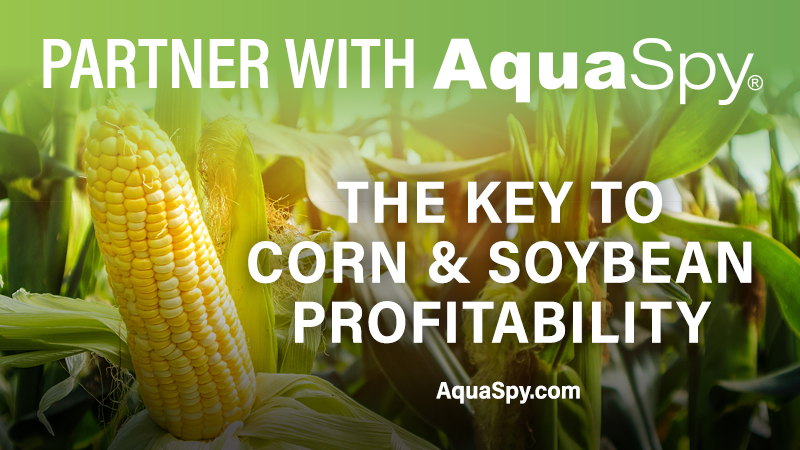SARE Offers Resources On High Tunnels

With consumer interest in locally raised foods steadily growing, vegetable farmers are discovering they can add an important income stream through high tunnels — a cost-effective means to extend production and sales into the traditional off season. High tunnels are becoming increasingly popular across the country as a way for farmers to earn more by extending the growing season in an unheated environment that typically uses less water and fewer inputs than outdoor production.
One Maryland farmer started using a high tunnel to raise spinach and tomatoes from early spring through late fall, and in the first three years earned an extra $32,000 at the farmers’ market. The farmer was one of 41 in the Mid-Atlantic who built a high tunnel from 2004-2007 as part of a Sustainable Agriculture Research and Education (SARE)-funded project to share knowledge about the structures and promote them as a primary tool of season extension.
In-depth information about high tunnels can be found in SARE’s new Season Extension Topic Room — a one-stop collection of dozens of guidebooks, curricula, webinars, bulletins and other how-to materials to help farmers, educators, and researchers across the country implement effective season extension strategies. The Season Extension Topic Room can be found at www.SARE.org/Season-Extension.
Information derives from SARE-funded research and education projects, and is organized according to key topic areas: Overview; Types and Construction; Variety Trials and Selection; Fertility Management; Pest Management; Water Management; Energy; and Marketing and Economics. While the Season Extension Topic Room includes extensive information on high tunnels (also known as hoop houses), some materials also address greenhouse and nursery production, low tunnels, and winter storage.
Examples of Season Extension Topic Room features include:
• High Tunnel Specialty Crop Production in Colorado. This April 2011 webinar, presented by Colorado State University Extension and USDA Natural Resources Conservation Service (NRCS), gives an introduction to high tunnels and addresses design considerations, summer and winter production, economics, and future research needs.
• Greenhouse Energy Conservation Strategies and Alternative Fuels. This series of bulletins, curriculum materials and other resources was developed by the University of Wisconsin, and is intended for Cooperative Extension educators, college instructors, and high school vocational agricultural teachers.
• Organic Control of White Mold in High Tunnels. This Kentucky State University video describes two organic practices for controlling white mold — solarization and biofumigation.
• Expanding Winter Harvest and Sales for New England Vegetable Crops. This website, hosted by University of Massachusetts Extension, includes information on high tunnels and low tunnels, winter storage, and strategies for marketing produce in the winter.









